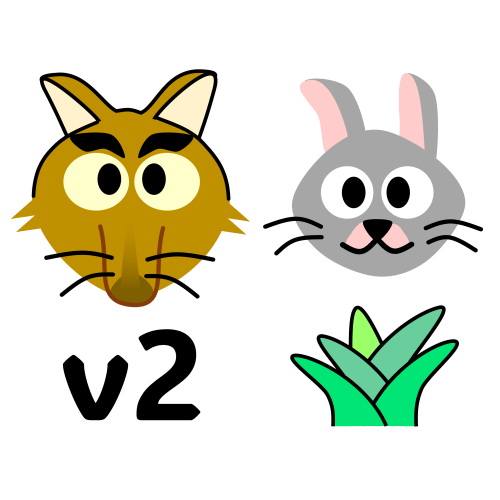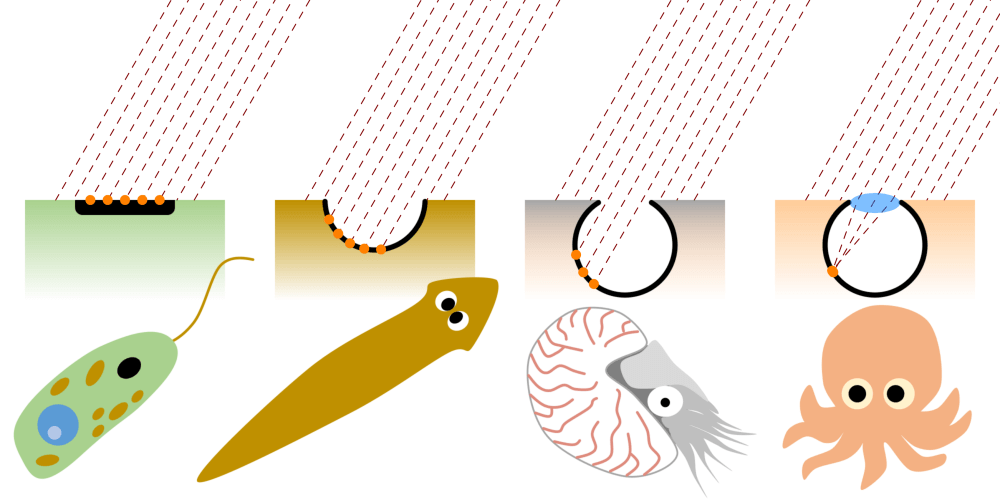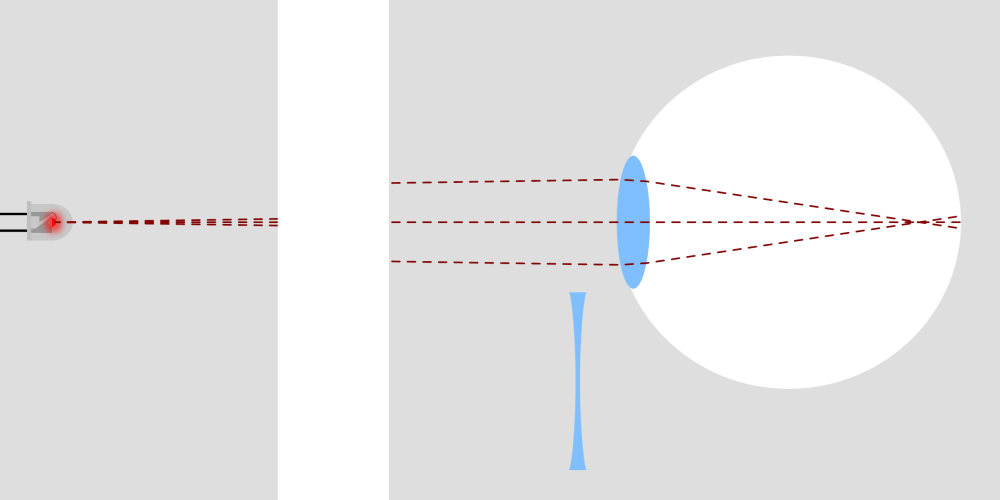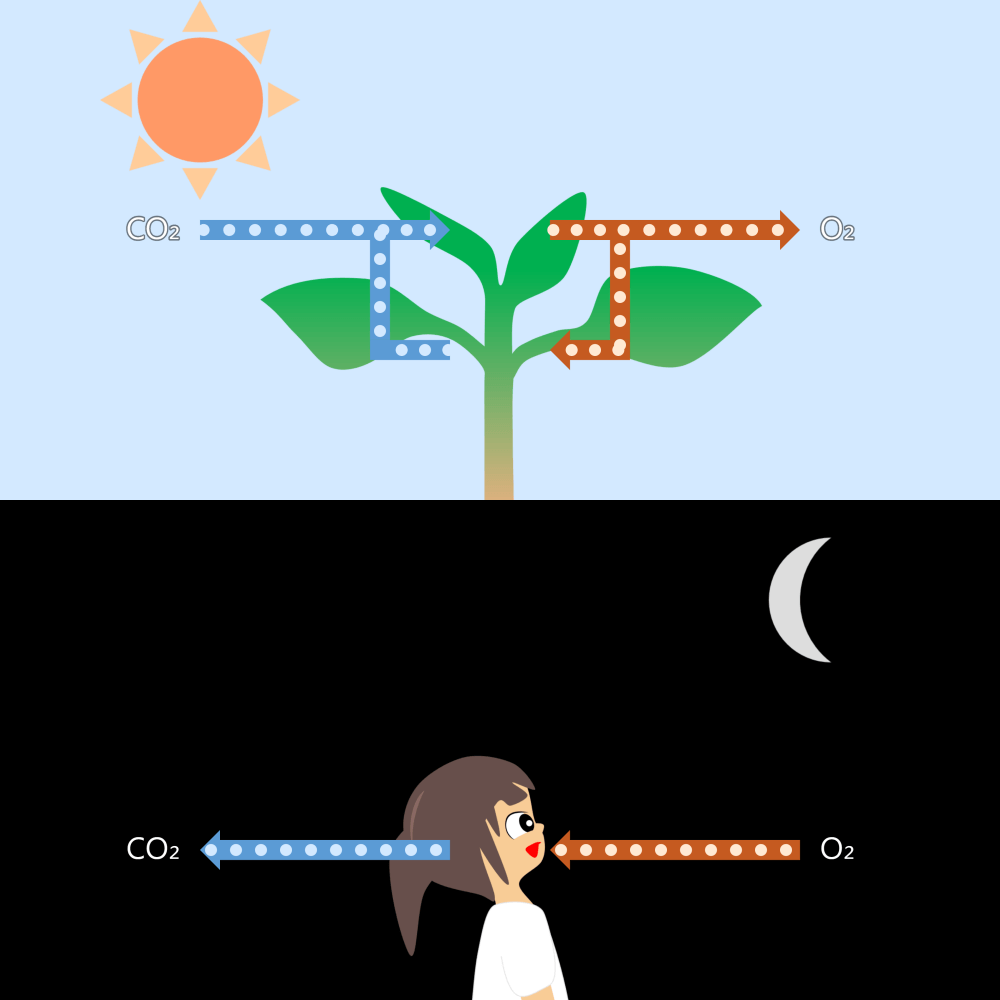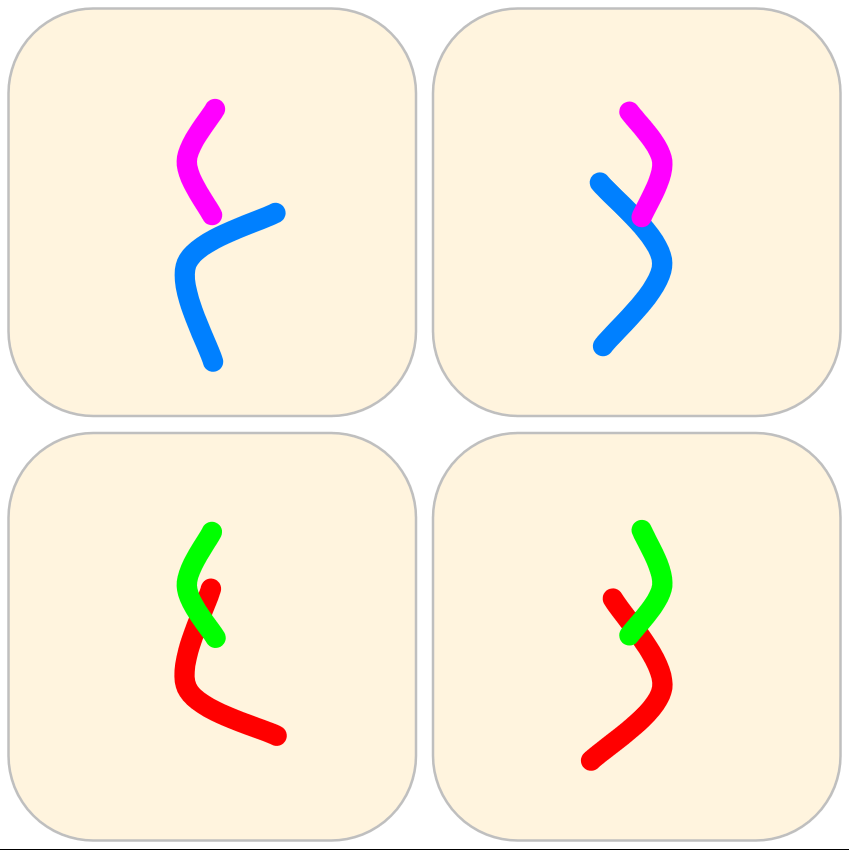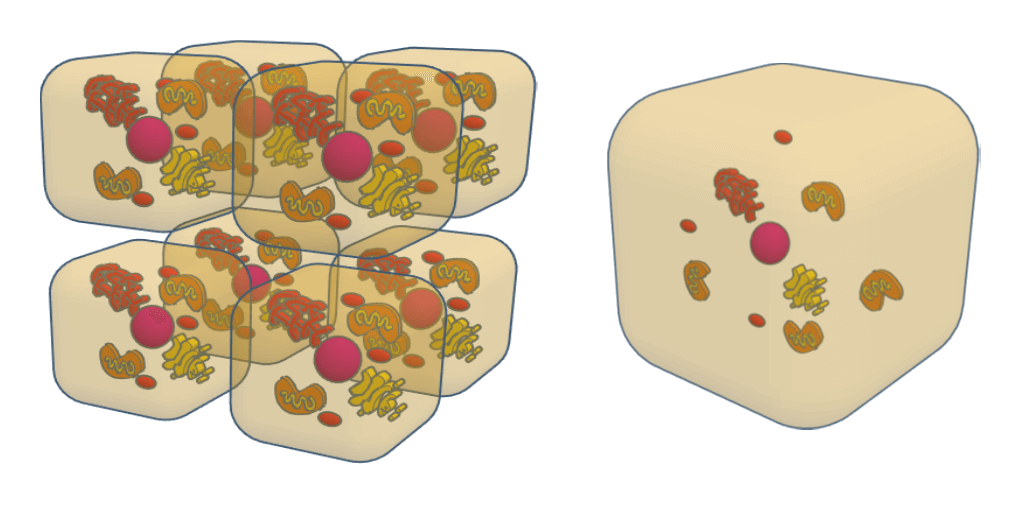Measure reaction time (visual, auditory, tactile)
Reaction time It takes a while for a person to react to a stimulus. This is because the signal needs time to be transmitted and processed. The reaction time for the three stimuli of visual, auditory, … more


